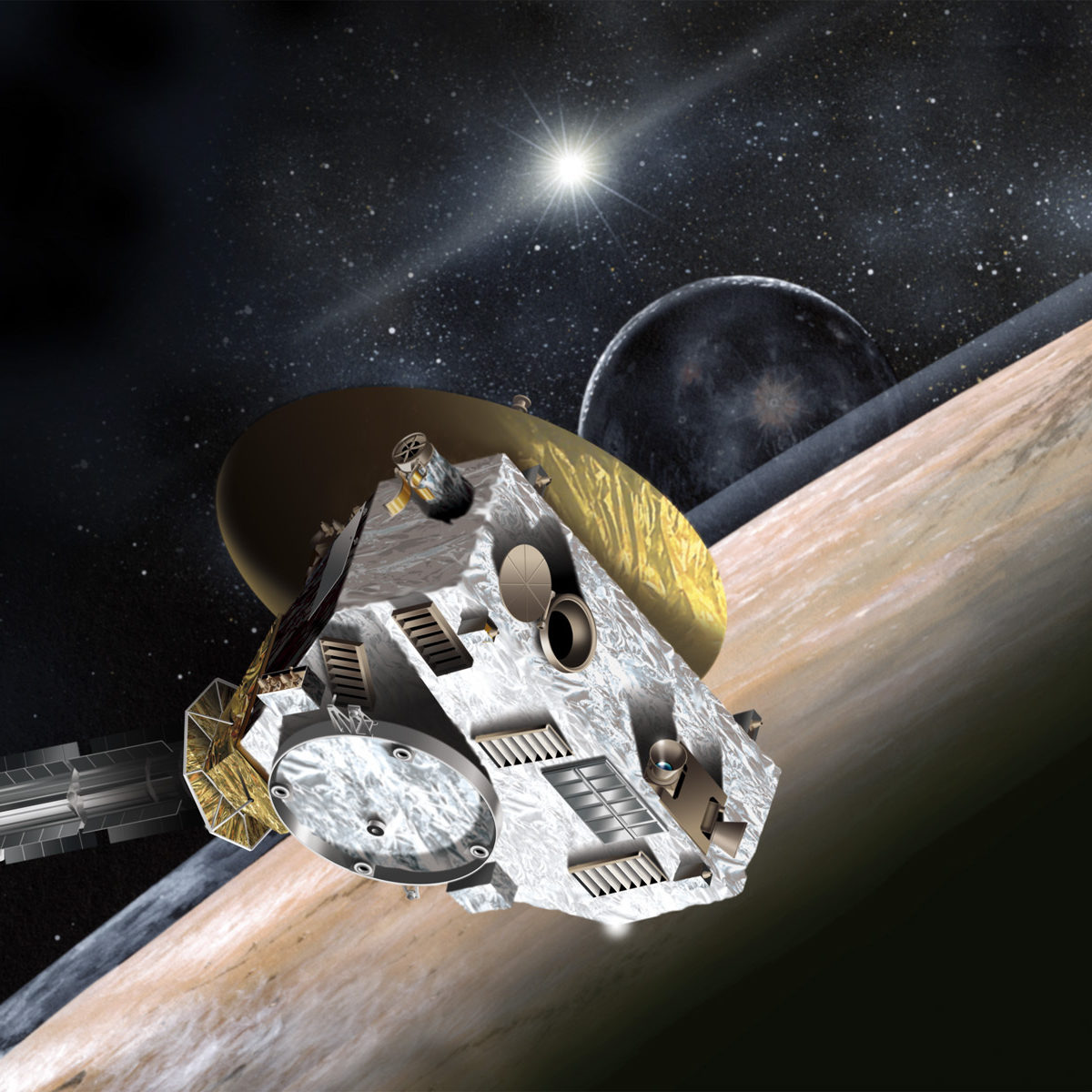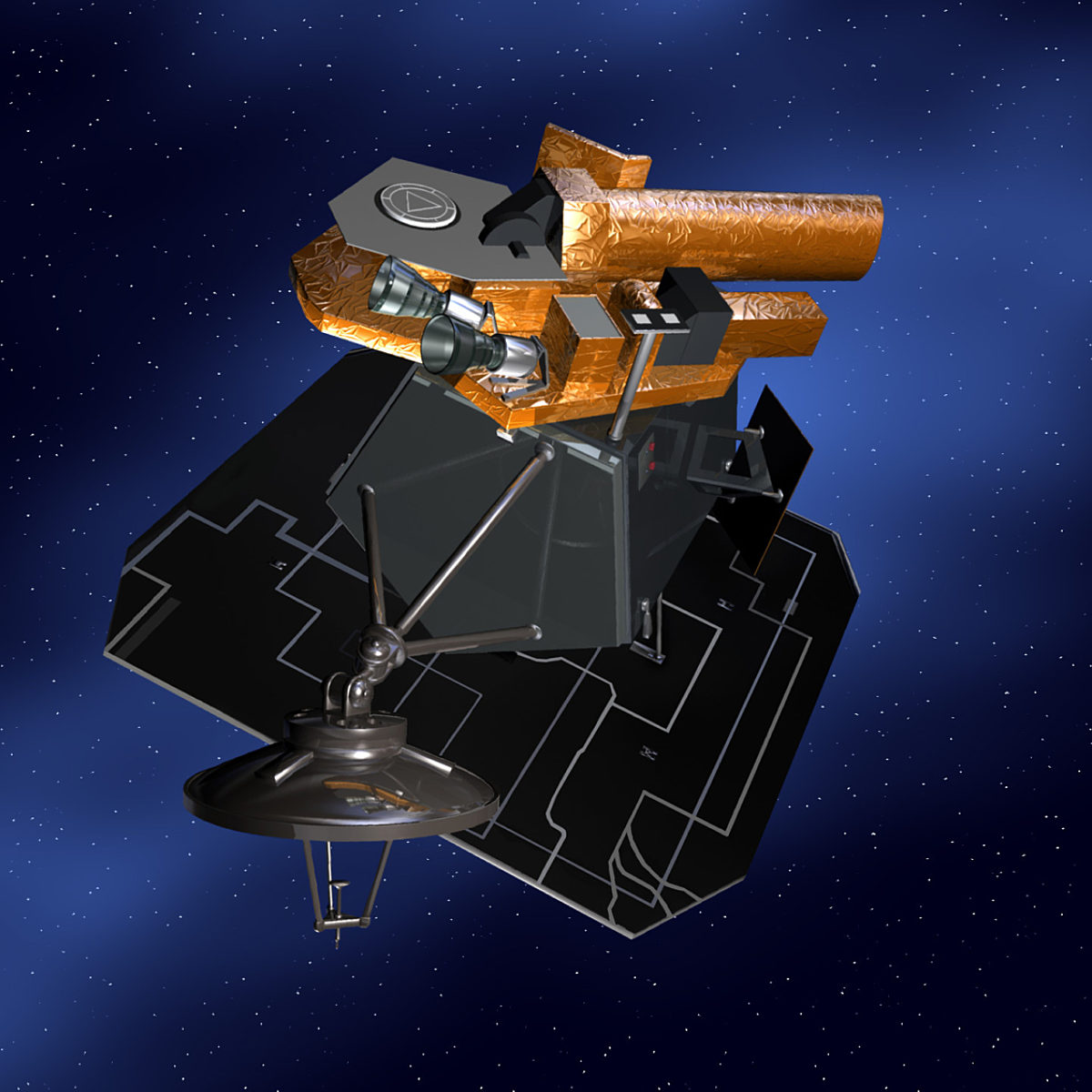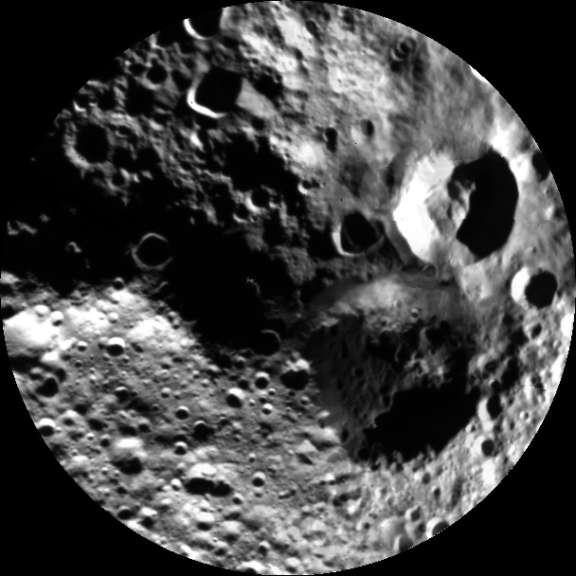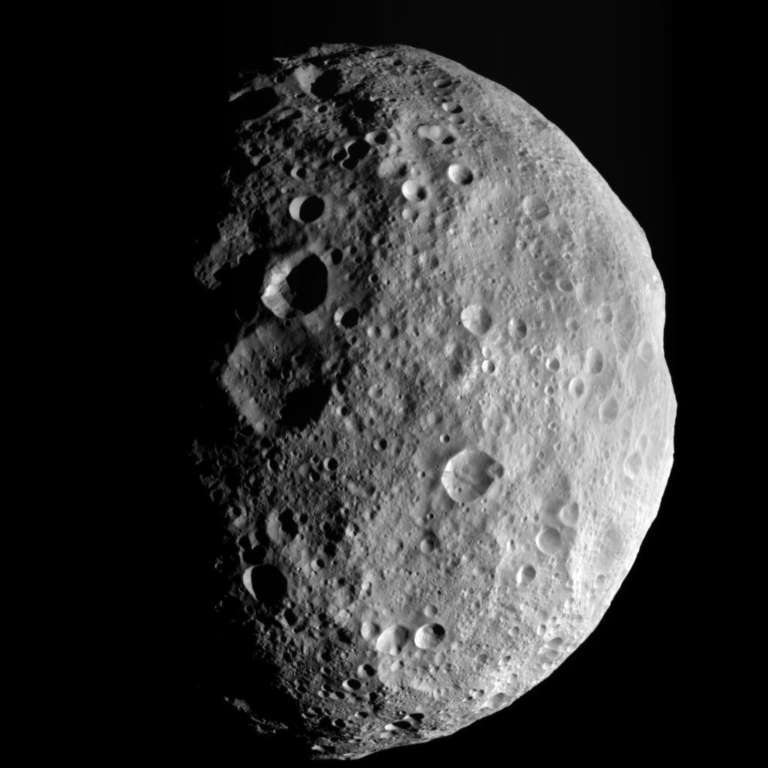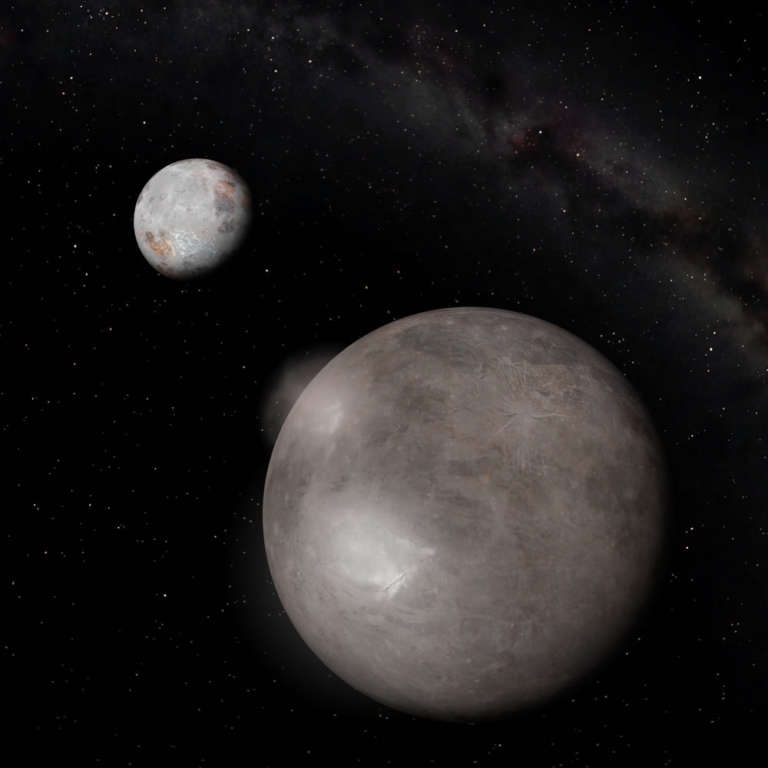All
All
Stories, updates, insights, and original analysis from The Planetary Society.
DPS 2012: Double occultation by Pluto and Charon
A few talks at last week's Division for Planetary Sciences meeting discussed observations of a double occultation -- both Pluto and Charon passing in front of the same star.
DPS 2012: Future impact risks
Continuing my writeup of notes from last week's Division for Planetary Sciences meeting: presentations on the risks of future asteroid impacts. How much risk do we face, and what are the appropriate actions to take in the face of that risk?
DPS 2012, Day 5: How to make asteroids crunchy on the outside and soft in the middle
A summary of just one talk from the Division for Planetary Sciences meeting, by Lindy Elkins-Tanton, which provided a neat explanation for how asteroids can be melted and layered on the inside yet have a primitive-looking exterior.
Citizen "Ice Hunters" help find a Neptune Trojan target for New Horizons
2011 HM102 is an L5 Neptune Trojan, trailing Neptune by approximately 60 degrees. This object was discovered in the search for a New Horizons post-Pluto encounter object in the Kuiper Belt.
Deep Impact targets possible 2020 asteroid flyby
Yesterday, Deep Impact performed a trajectory correction maneuver, firing its thrusters to line up for a flyby seven years from now. Here's a preview of that encounter.
Shoemaker NEO Winner Finds Close Fly By Asteroid
Gary Hug used his Shoemaker NEO grant provided camera to find 2012 SY49 which flew by Earth at about two lunar distances last week. The tens of meters wide asteroid is a low-probability possible Earth impactor in the future.
Comet ISON: 30% chance of awesome, 60% chance of that being wrong
A very interesting comet has recently been discovered -- interesting because it will nearly graze the Sun in August 2013 and then approach Earth closely the following December. Whether it will turn out to be a great comet is impossible to know.
Saving the World: Established 1997
The Planetary Society Shoemaker NEO grants celebrate their 15th anniversary of helping to find and track near Earth asteroids. Here's a quick review of the program, and updates on our four multiple-grant winners.
Spring arrives to Vesta's north pole, as Dawn departs, plus a request for citizen scientists
Dawn's last images of Vesta peek into previously shadowy north polar territory. As the spacecraft leaves Vesta behind, its science team requests help from the public.
Dawn Journal: Back to interplanetary space
After more than a year in orbit, Dawn has left Vesta, beginning the spacecraft's journey to Ceres.
Name That Asteroid!
OSIRIS-REx is will return a piece of the ancient asteroid 1999 RQ36, and it's up to you to come up with a name.
Chang'e 2: The Full Story
An update on China's second lunar orbiter, Chang'e 2, which is now heading for asteroid Toutatis.
Pretty picture: Vesta's crater Aelia in high resolution
I think my favorite features on Vesta are its streaky craters. Today's image release shows one of the streakiest: Aelia, a little crater on the flank of a larger one, near Vesta's equator.
Dawn Journal: The long, slow goodbye
Dawn has completed the final intensive phase of its exploration of Vesta, and it has now begun its gradual departure for Ceres.
A fifth moon for Pluto, and a possible hazard for New Horizons
Pluto is now known to have at least five moons (Charon, Nix, Hydra, P4, and the newly discovered P5), and its burgeoning population might pose a risk to New Horizons during its flyby, three years from now.
Dawn Journal: Seeing Vesta in a New Light
Once again Dawn is diligently mapping Vesta, circling the ancient protoplanet about twice a day, observing the signatures of Vesta's tortured history.
Salacia: As big as Ceres, but much farther away
A newly published paper shows trans-Neptunian object Salacia to be unexpectedly large; it's somewhere around the tenth largest known thing beyond Neptune. It has a companion one-third its size, making it appear similar to Orcus and Vanth.
Zapping Rocks with Lasers to Save the World
The Planetary Society Laser Bees project in Scotland is studying in the lab a potential new technique for deflecting dangerous asteroids: laser ablation.
Hunting Asteroids from a Field in Kansas
TPS Shoemaker NEO Grant Winner Gary Hug hunts near Earth objects from his back yard in Kansas. NPR's Morning Edition picked up on this fascinating story.
Update on yesterday's post about Chang'E 2 going to Toutatis
I have a couple of updates on my post from yesterday: confirmation that Chang'E 2 is indeed gone from L2, and more specifics on encounter dates with Toutatis.


 Explore Worlds
Explore Worlds Find Life
Find Life Defend Earth
Defend Earth


 Sun
Sun Mercury
Mercury Venus
Venus Earth
Earth Mars
Mars Jupiter
Jupiter Saturn
Saturn Uranus
Uranus Neptune
Neptune Small Bodies
Small Bodies